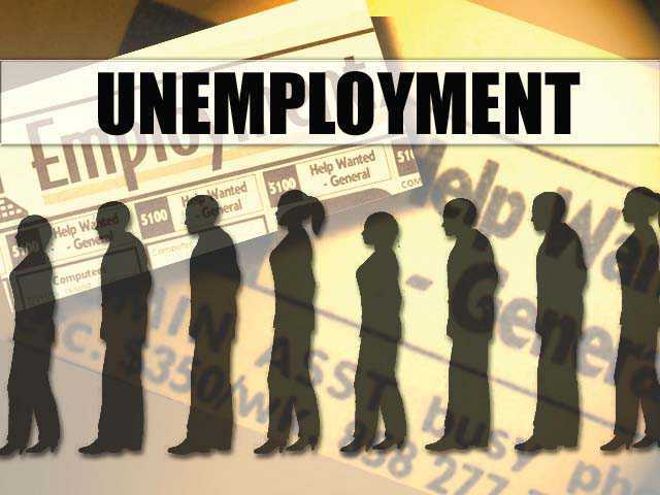
Qaisar Mansoor
In Bihar and Uttar Pradesh, situation of law & order is worsening. The aspirants are protesting against Railway Recruitment Board’s (RRB) exams. On 26 January, a passenger train was set on fire and another was attacked with stones.
The escalation of violent protests and arson in Bihar over alleged irregularities in recruitment in the Railways is yet another symptom that shows the Indian economy is going through a terrible churn, and the effects on the populace are devastating. The Centre for Monitoring Indian Economy (CMIE), a Mumbai-based independent think tank, estimates that the country’s unemployment rate rose up to 7.9% in December, and the figure has passed 8% this month. CMIE’s figures show that urban unemployment rose to 9.3% in December from 8.2% the previous month, and rural unemployment crept up to 7.3% from 6.4% in this duration. India’s unemployment rate has been surging over the last few years — the steepest rise began in 2017-18, when it was 4.7%, going up to 6.3% in 2018-19 and, finally, 7.91% in December 2021.
Clearly, the surge started well before the Covid-19 pandemic came to India in February 2020 — in fact, data from a survey conducted by the National Sample Survey Office (NSSO) in 2017-18 showed that India’s unemployment rate was 6.1%, the highest since 1972-73. The dire situation of the employment sector is confirmed by the numbers released by the Ministry of Statistics. On the basis of the number of subscribers to the EPF, ESI and NPS schemes, it can be calculated that there has been no significant rise in jobs available in the formal sector in the last three years. The effects of the coronavirus pandemic have only worsened the situation, with firms contracting and shedding workforce to reduce costs. But India seems to have done worse than other emerging economies, such as Bangladesh.
While the Finance Ministry has been highlighting the emergence of the green shoots in the economy, rising joblessness presents a massive challenge to the NDA government, which came to power in 2014 with the promise of multiplying the incomes of every segment of society. The annual income of the poorest 20% households dropped by 53% between 2015-16 and 2020-21. In this duration, the income of the top 20% rose by 39% and that of the upper middle 20% by 7%. Clearly, the richest Indians are succeeding in carving out an ever-increasing share of the income pie for themselves.


